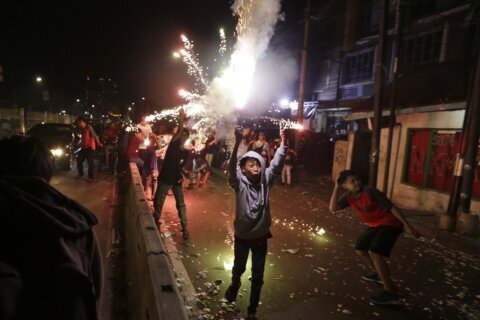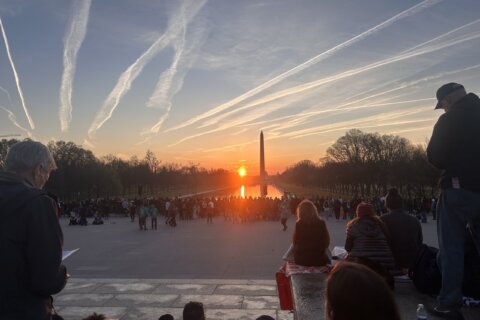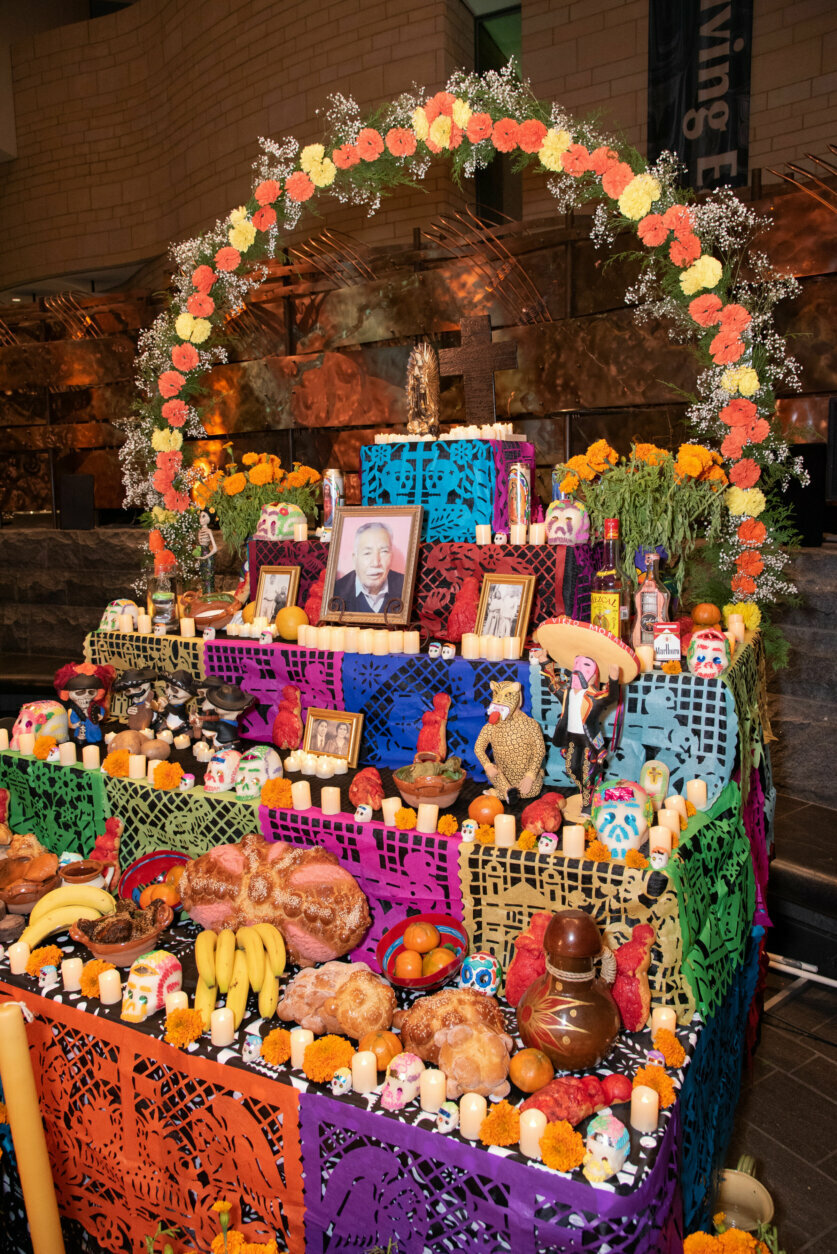
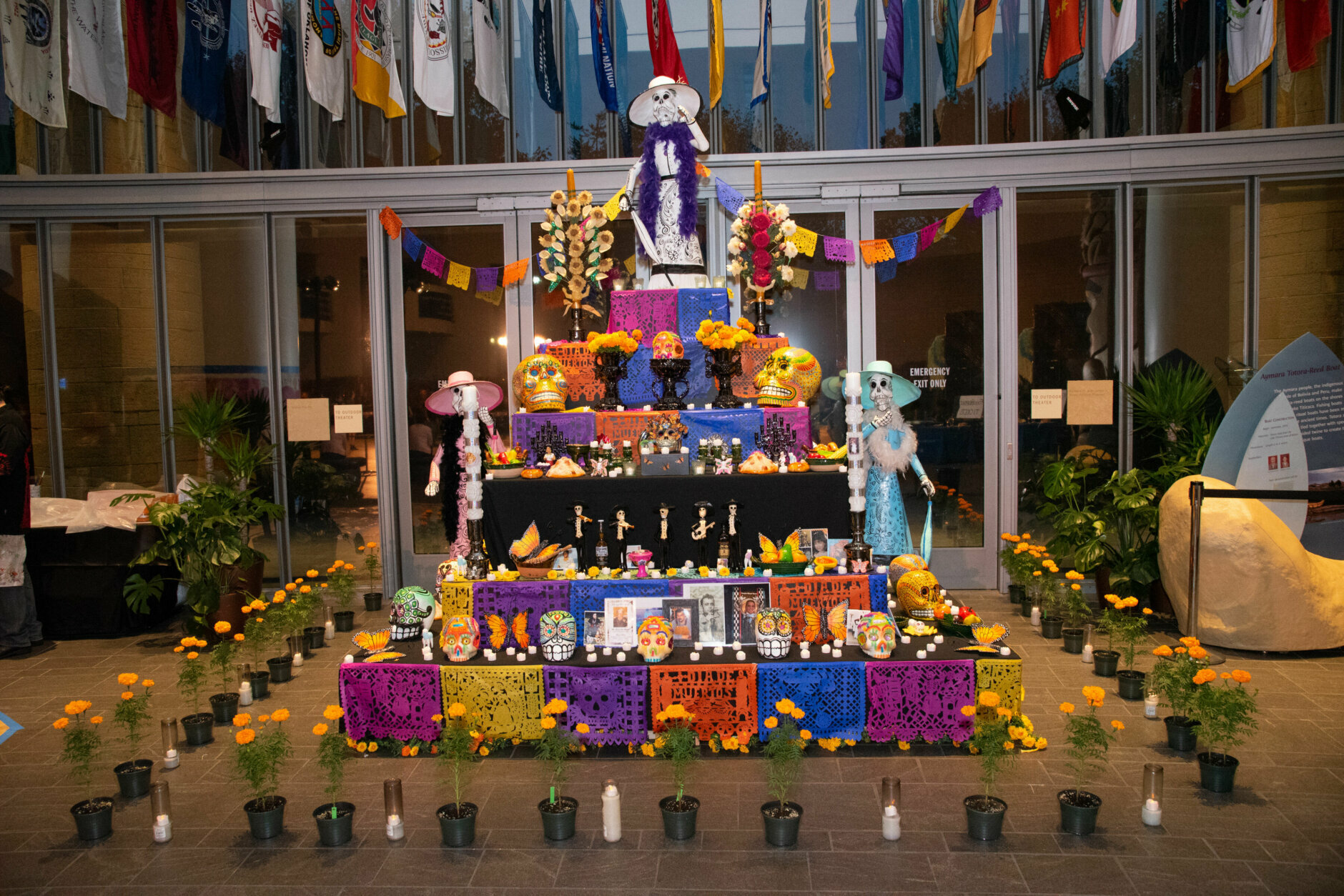
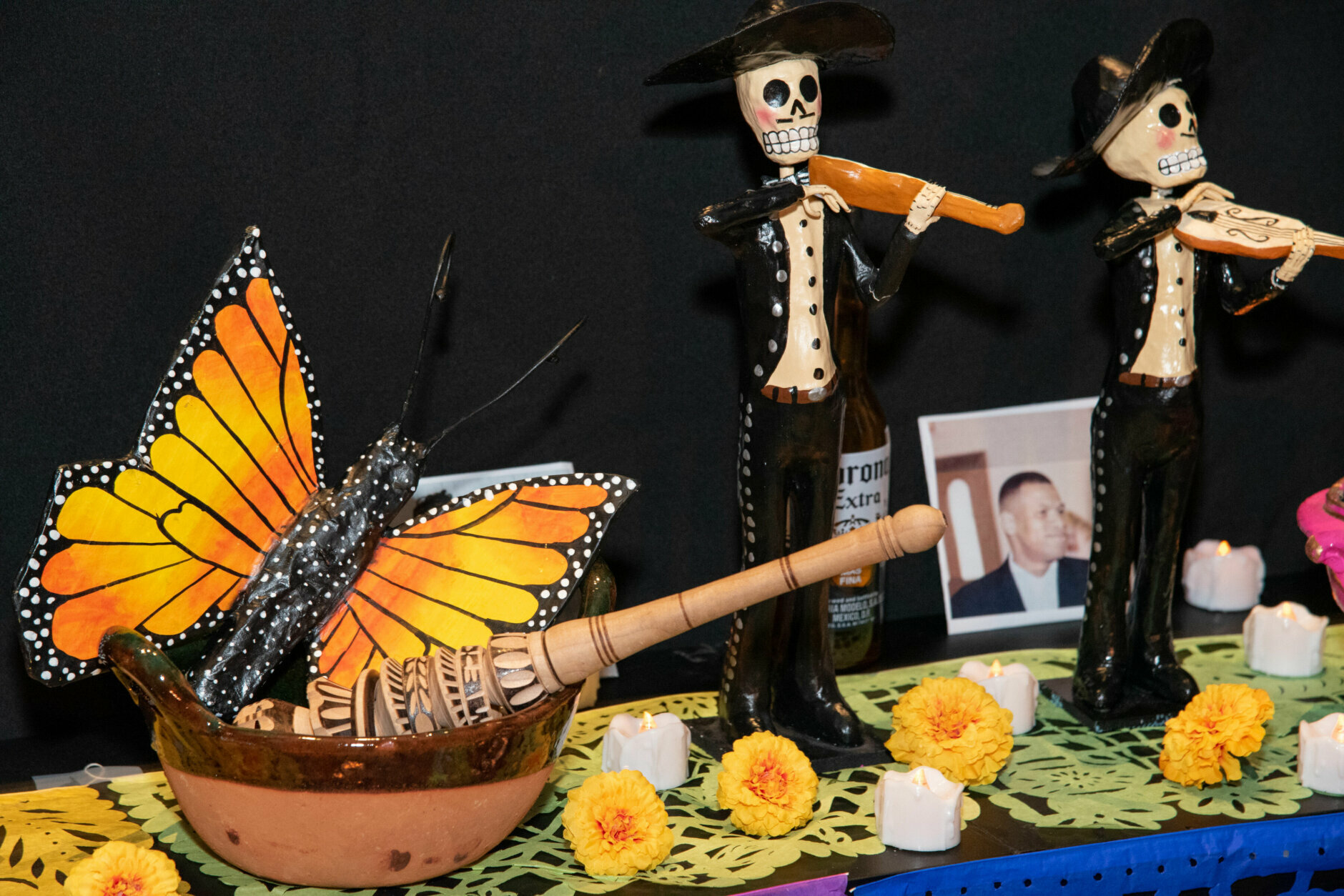
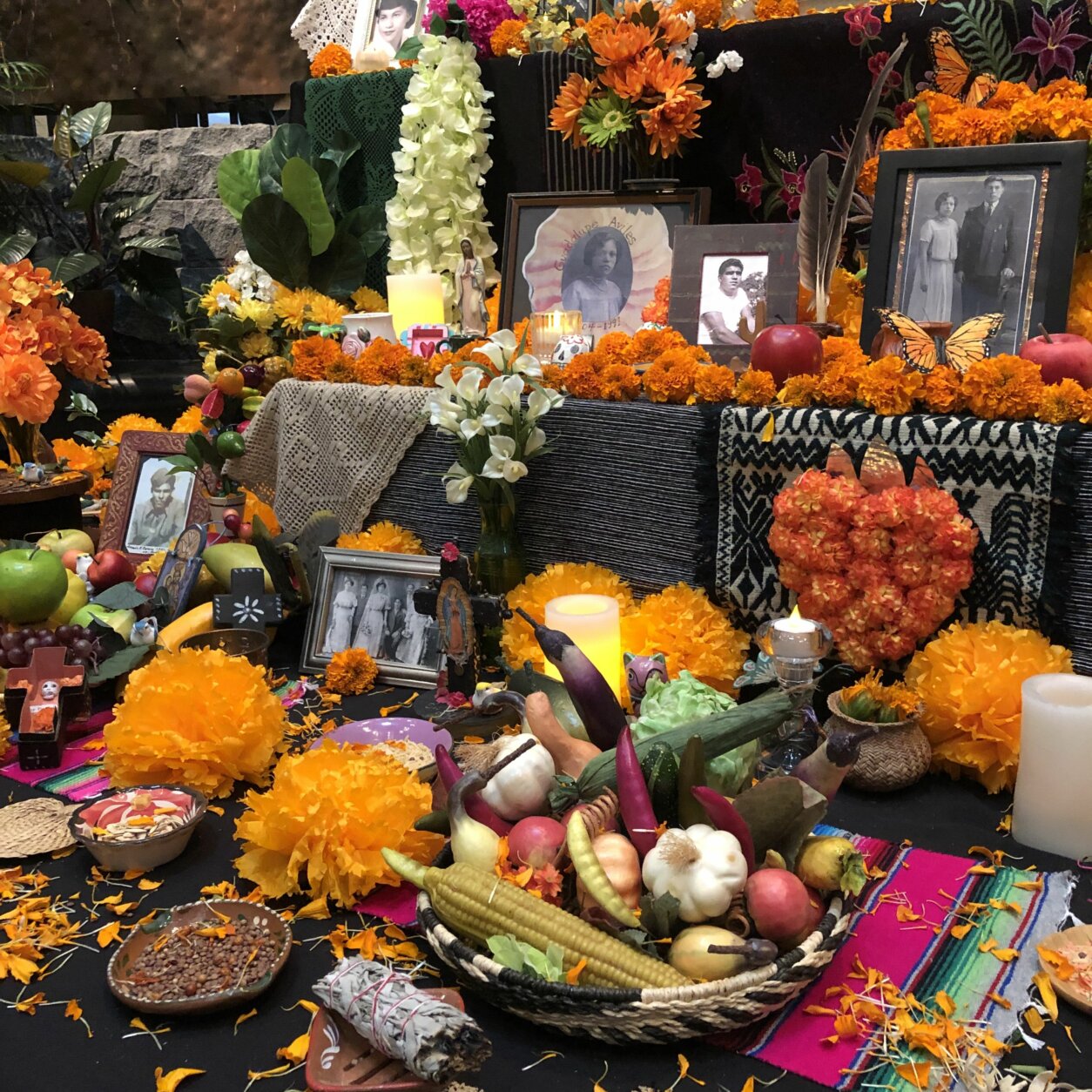
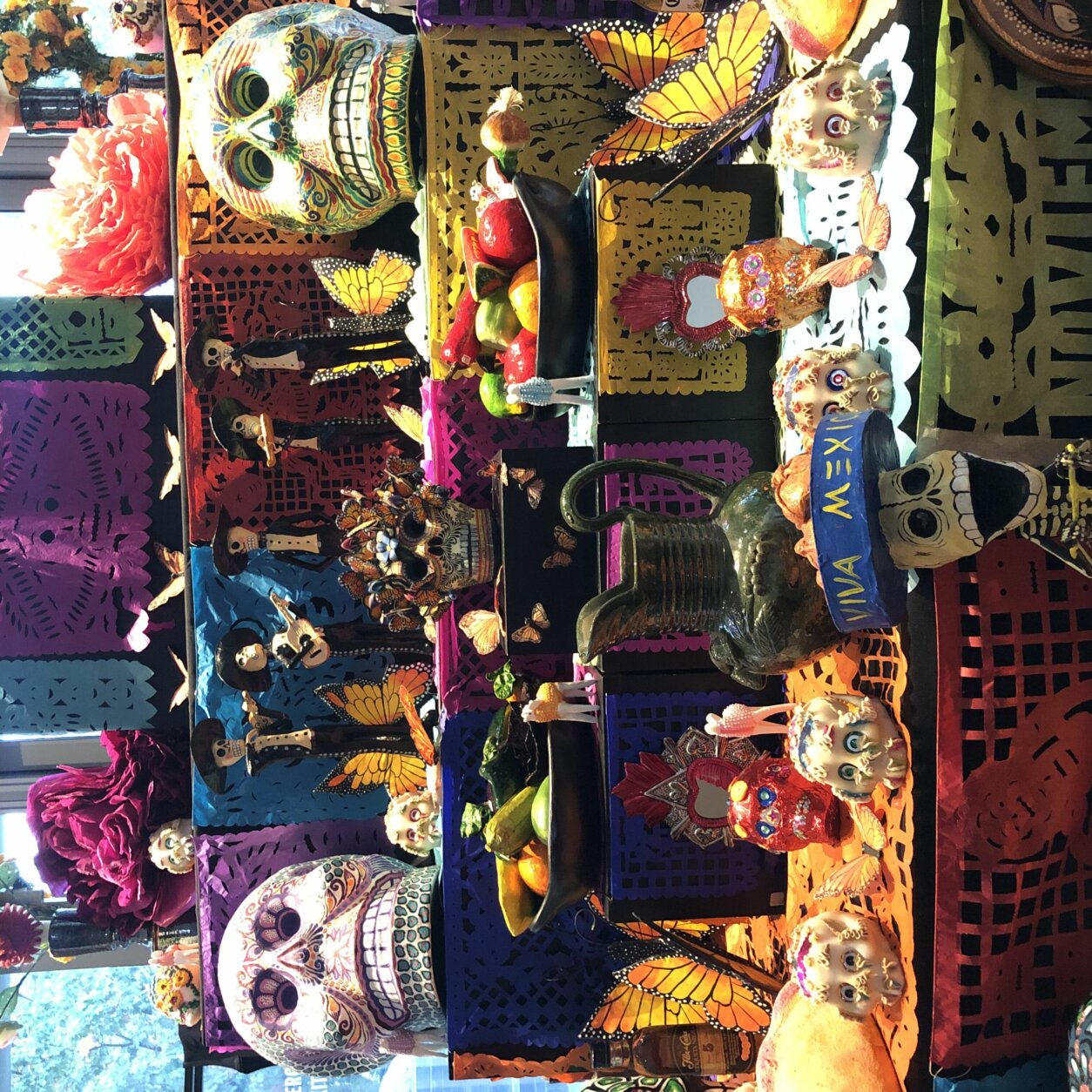
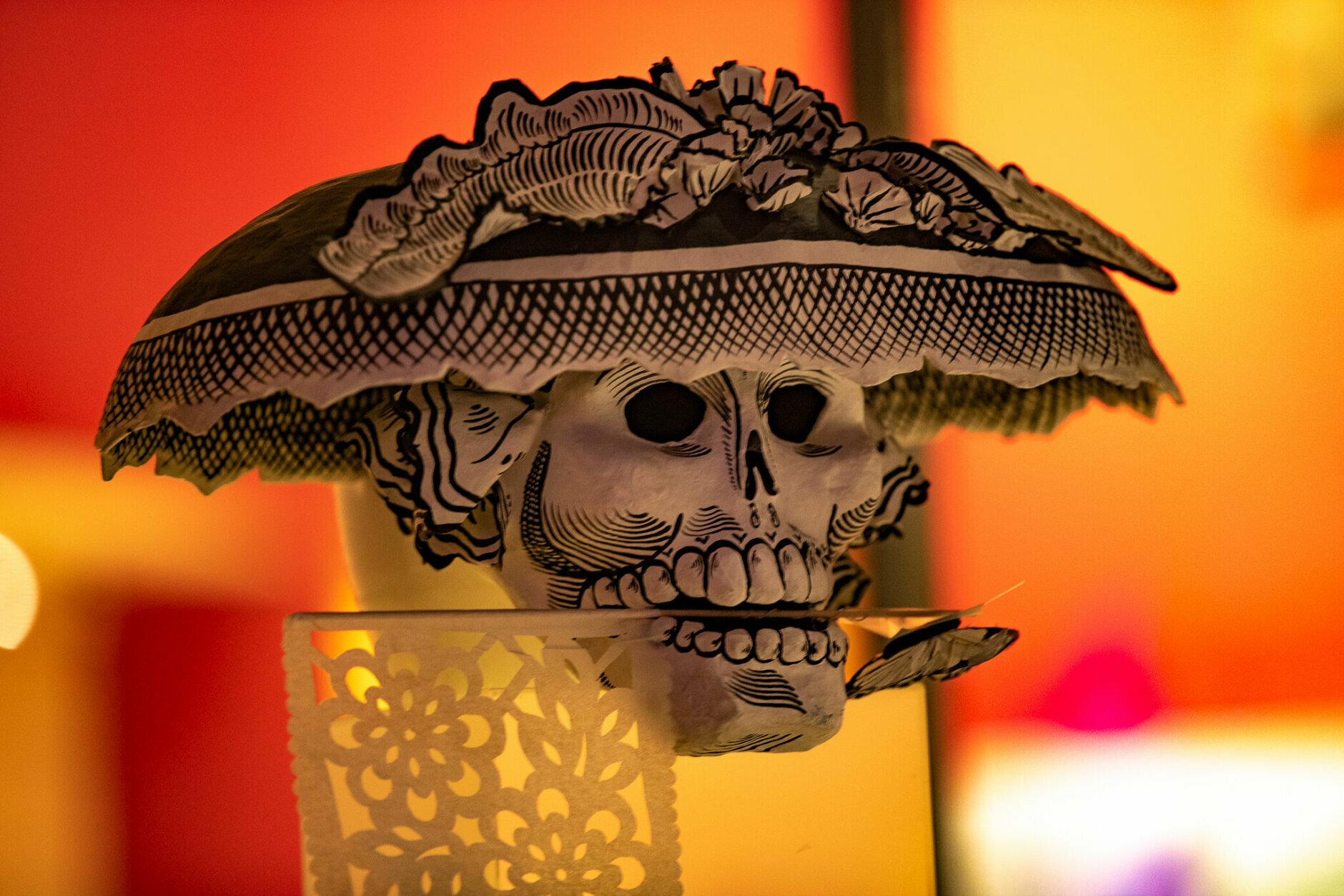
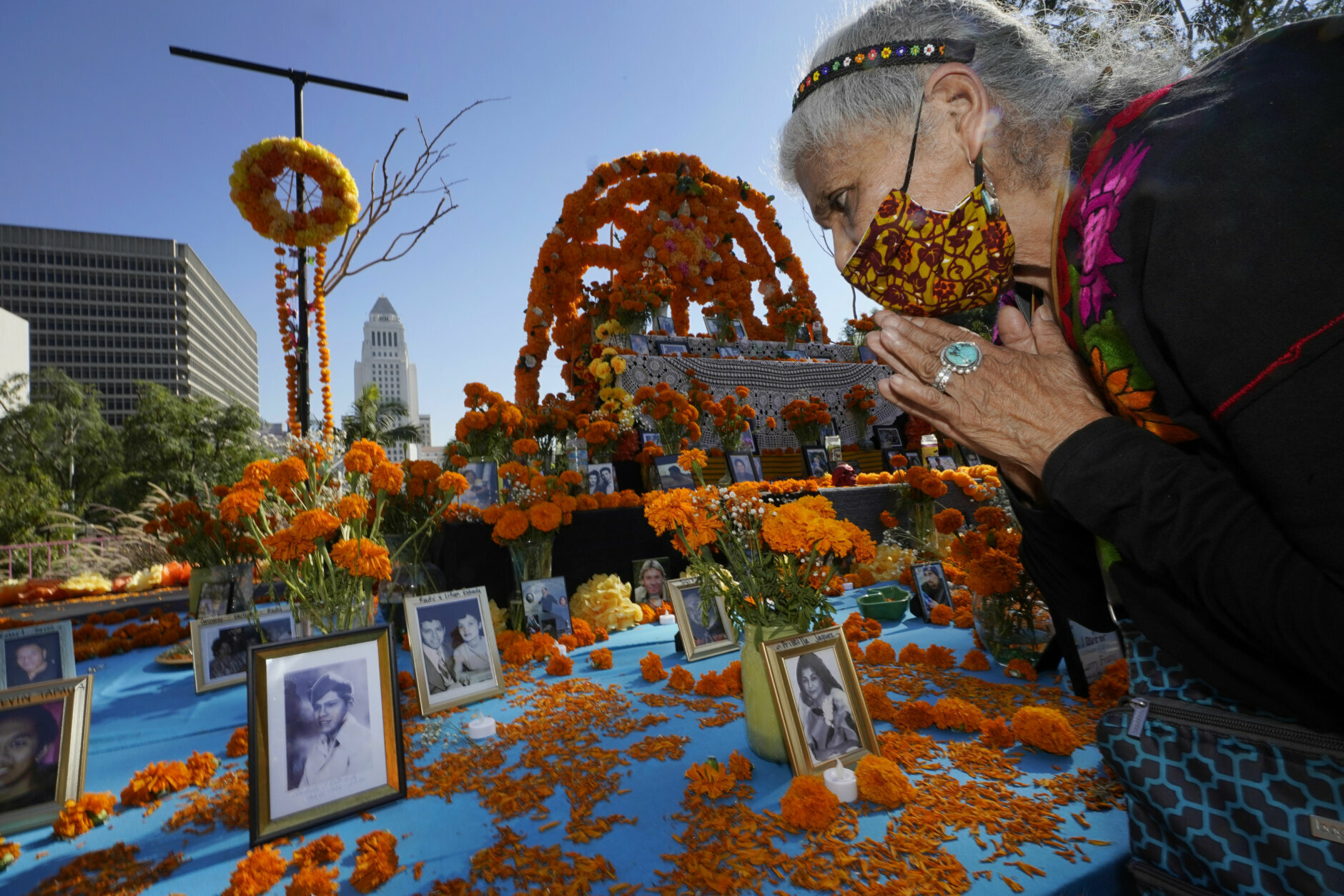

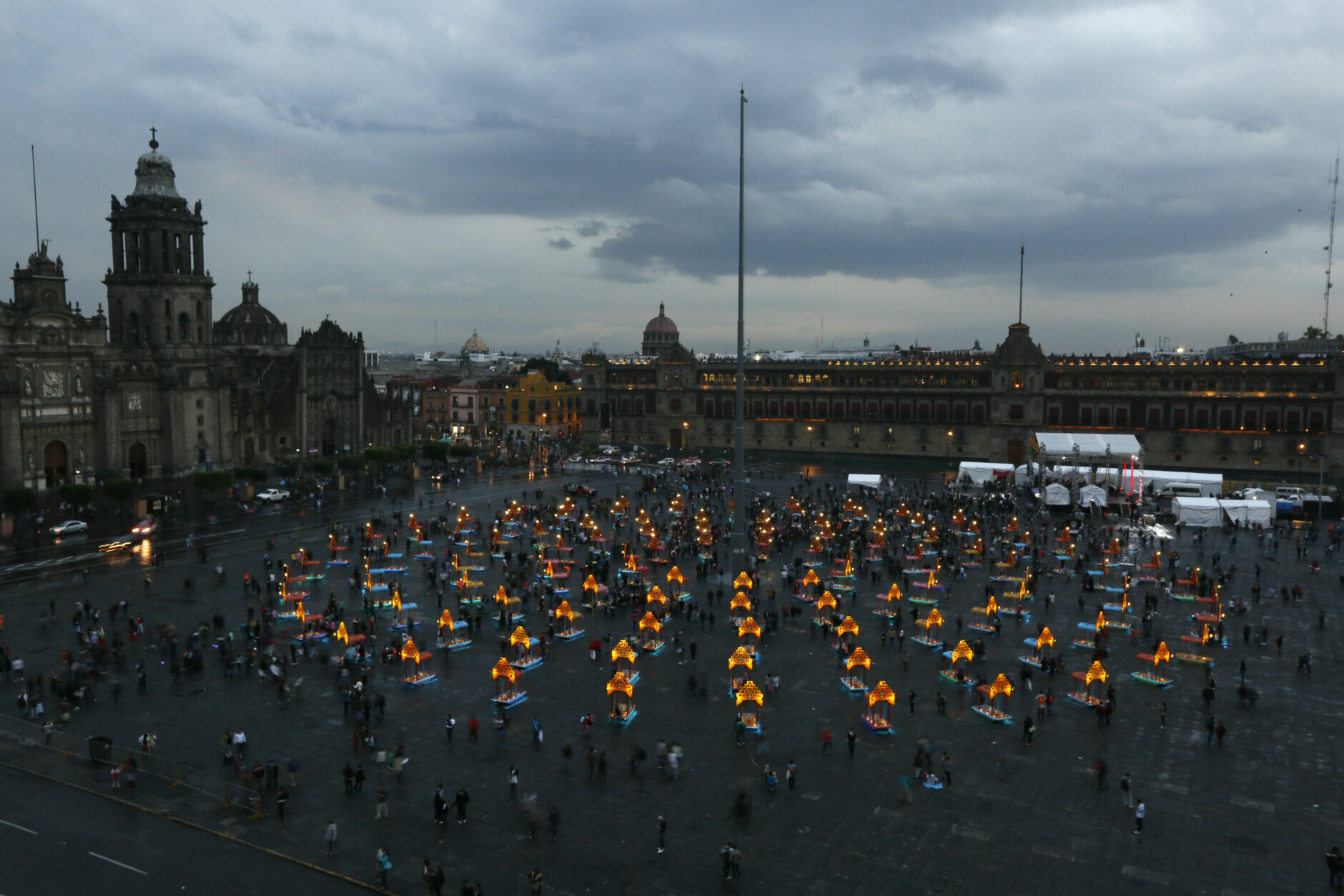
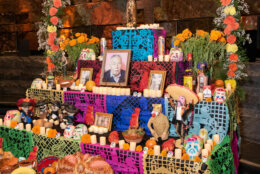
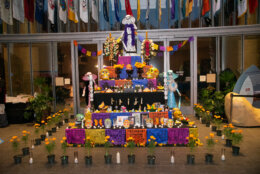
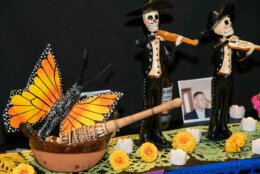
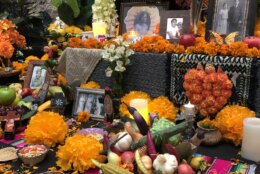

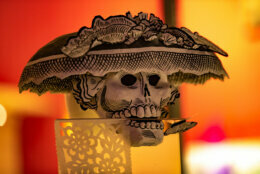
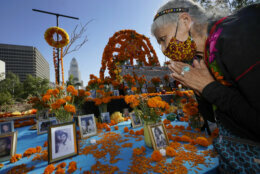
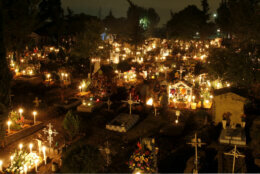
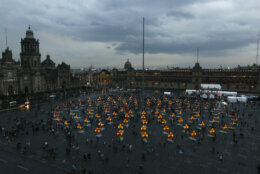
Cynthia Vidaurri did not participate in Day of the Dead celebrations when growing up in Texas. However, when her father died nine years ago, the folklorist at the National Museum of the American Indian decided to put up an ofrenda — Spanish for an offering — in honor of his passing.
As Vidaurri constructed her ofrenda, she added a photograph of her father on a boat fishing, which he loved to do when she was a child. There was a moment while working where she stopped and began thinking about her relationship with her dad; she called the experience “cathartic.”
“I think it really fills the need for people to deal with the pain of loss,” Vidaurri said. “And to not only think about the pain of when you lost something, particularly if it was under horrible, tragic conditions, but to think about the good times with them, and to think about our relationships with them.”
Día de los Muertos, translated to Day of the Dead, is a celebration meant to honor the dead. And while the holiday’s popularity continues to grow internationally, particularly in the United States, Day of the Dead remains partial to its traditional roots of reminiscing on departed loved ones.
The holiday is split into two days; Nov. 1 honors those with disabilities and children, while Nov. 2 focuses on adults. Families set up ofrendas as a home alter featuring marigold flowers, candles, perforated paper (known as papel picado) and a person’s photographs. Each item has a specific purpose: to help guide the deceased one to the alter.
Also added to the ofrenda are skulls made of granulated sugar to symbolize the display for someone dead. Other items found on these displays are symbolic, specifically to that person, including small trinkets or their favorite foods. Vidaurri said her sister added a little margarita glass for his favorite drink and a miniature deer for his passion for deer hunting.
“It is a gift to your family and your loved ones that come back, and so this is a place where you receive them,” Vidaurri said. “Think about having special guests in your house, that they come in, you prepare the best foods, you bring out the things that they used to like when they were alive. It’s a time when you really stop and think about what those people mean to you.”
In pre-Columbian traditions, it was believed that once the ofrenda was set up, the spirit of the loved one came to your home. Since that time, the meaning has changed depending on the community, Vidaurri said. However, one constant remains: people coming together to interact and remember those who have died.
“On one level, you can see the universality of people trying to deal with death. It’s not a pleasant experience, in that you tried to figure out how you stay connected to those people that you love,” Vidaurri said.
When the Europeans arrived in the Americas, Day of the Dead coincided with All Saints Day and All Souls Day on the Roman Catholic calendar to convert people to Christianity.
Once considered a Natives’ holiday, Day of the Dead is now a national event in Mexico, and many parts of Latin America also take part in the festivities. In the U.S., the Chicano movement of the ’60s and ’70s brought the holiday and its customs north of the border.
Now, the holiday includes so many traditions while also becoming “exceedingly commercialized,” Vidaurri said. There are themed Day of the Dead merchandise, t-shirts, and costumes, as well as items for your ofrenda available online or in large retail stores.
The popularity also comes from the mainstream success of Disney’s computer-animated film “Coco,” about a young boy’s journey through the “land of the dead” to learn his family’s history. The 2017 movie made over $800 million at the box office and opened people’s eyes to the holiday.
However, its proximity to Oct. 31 has led some to think it is a Mexican version of Halloween. Others use it as another “beer holiday” to go out drinking, Vidaurri said, co-opting the celebration as some have done to the celebration of Cinco de Mayo.
“You can’t stop people from going and doing the pub crawls, but that’s not what it is,” she said.
To celebrate the holiday, Vidaurri recommends traveling to Mexico and observing how people make pilgrimages to cemeteries to visit their loved ones or see displays on Mexico City’s main square, the Zocalo. Similar celebrations can be seen in the Southwestern regions of the United States as well.
Locally, some restaurants have been offering guests the opportunity to try traditional Mexican foods during the holiday. In addition, schools and recreational centers are allowing children to make skulls and paper marigolds as arts and craft projects.
For its part, the Smithsonian’s National Museum of the American Indian in the National Mall has posted videos focused on Day of the Dead basics, including how to make your sugar skull and paper marigolds at home.
Vidaurri said that those looking to participate in Day of the Dead should be mindful of cultural cues and be respectful as others honor their loved ones.
“Respect is such a critical part of this,” Vidaurri said. “And it could be fun, it could be enjoyable, but respect is absolutely key to be able to participate in any kind of meaningful way.”


